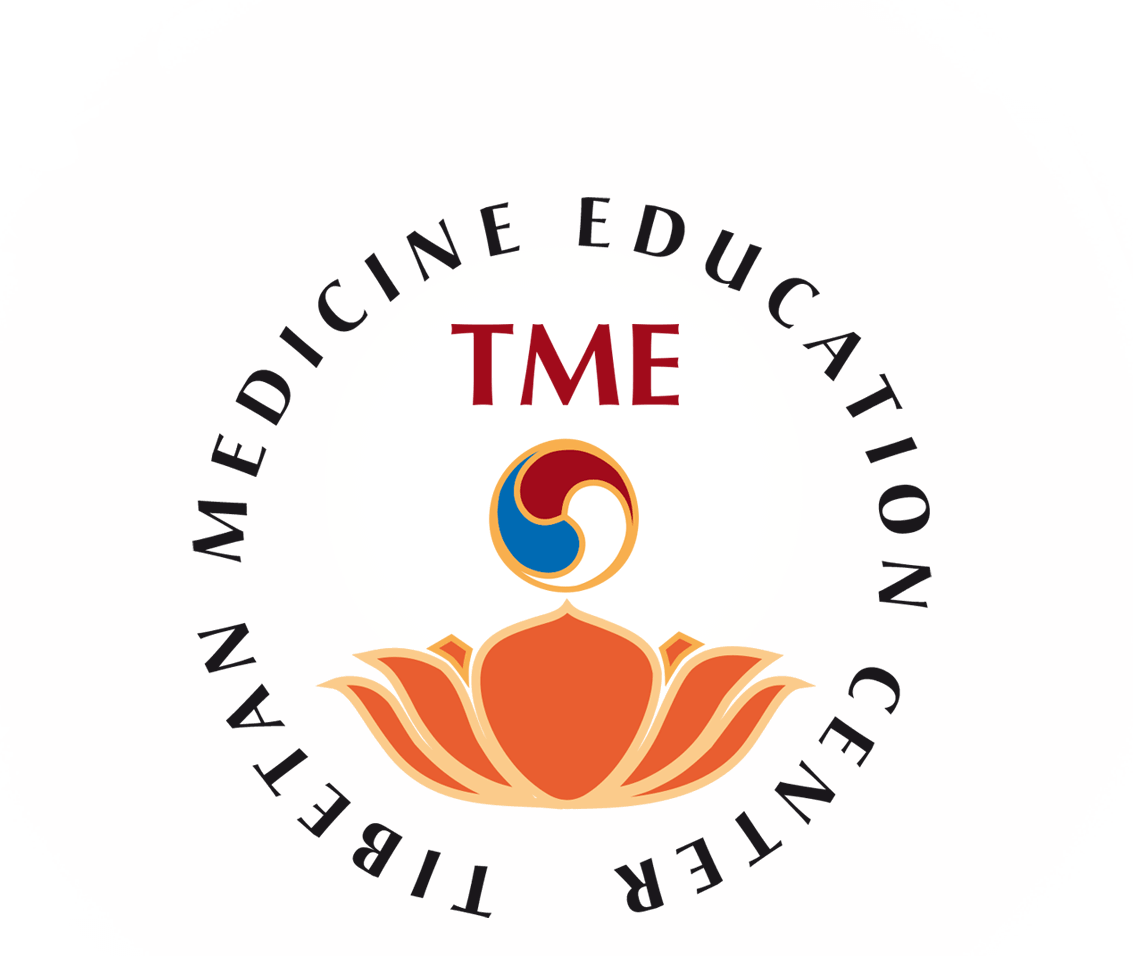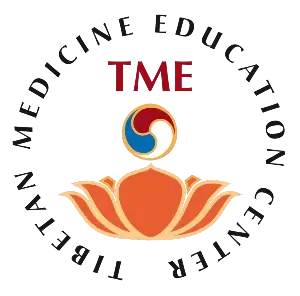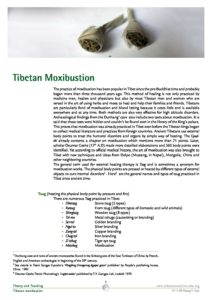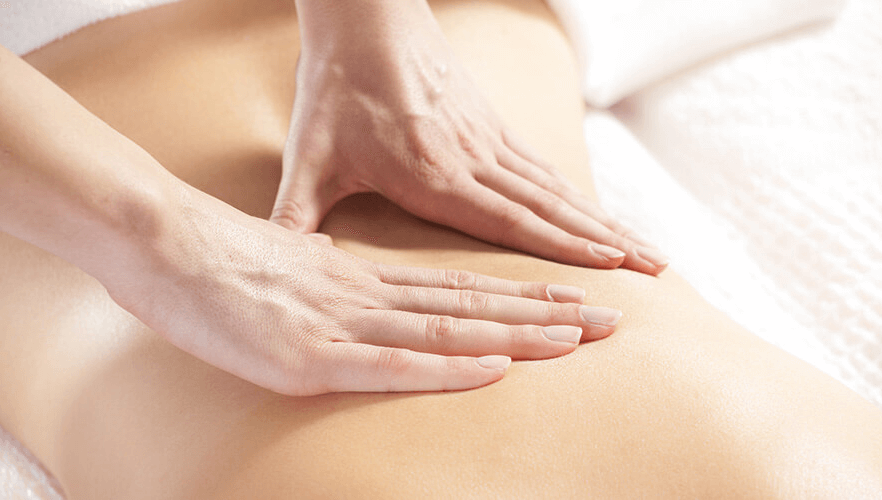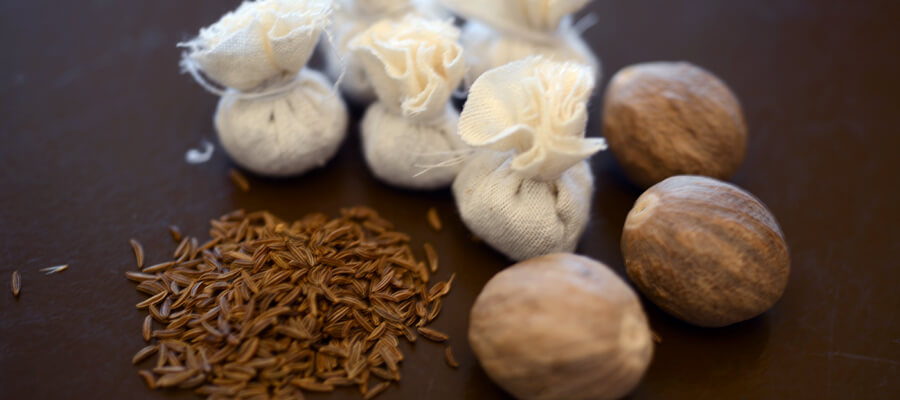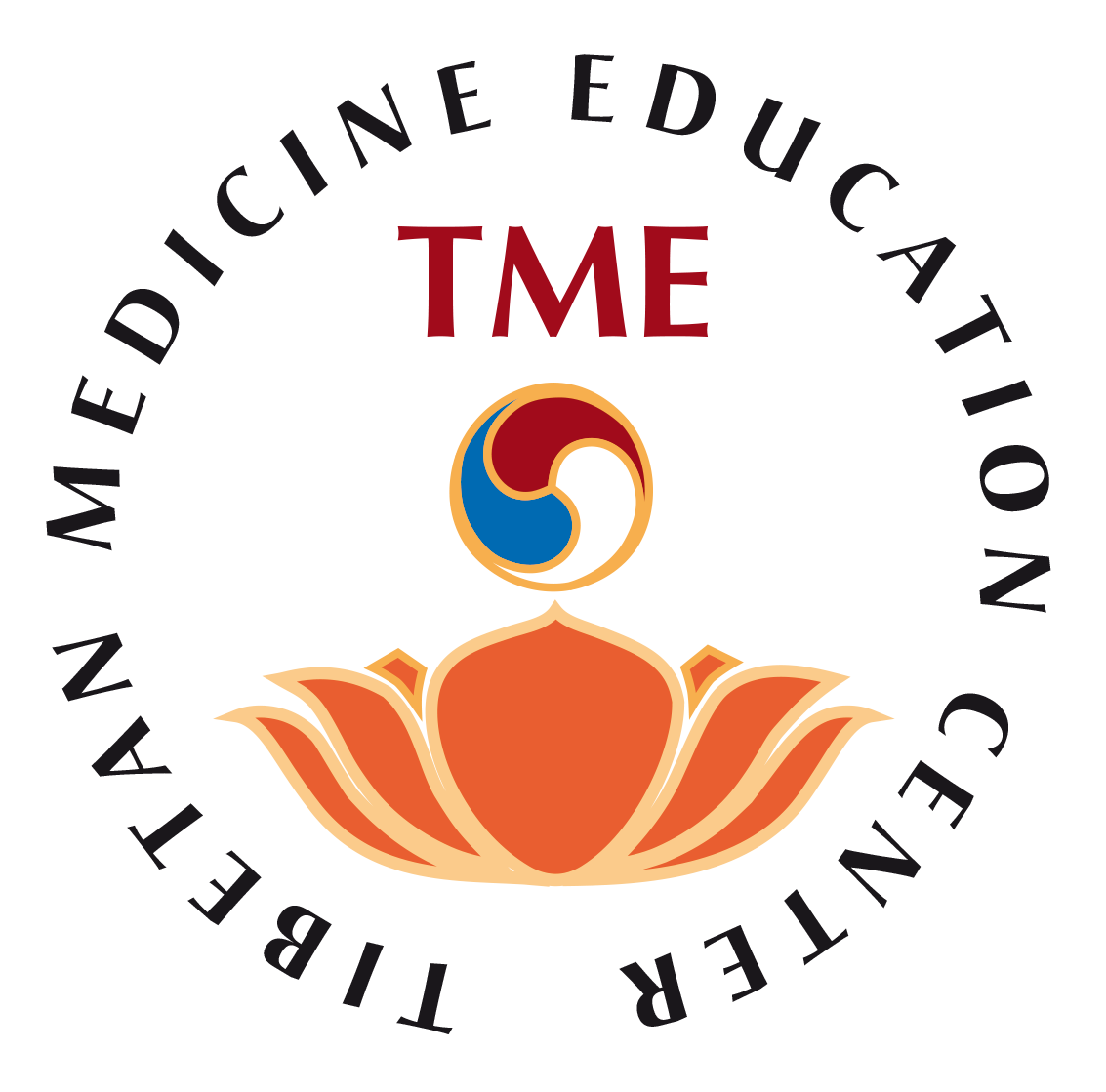External Therapies
Moxibustion
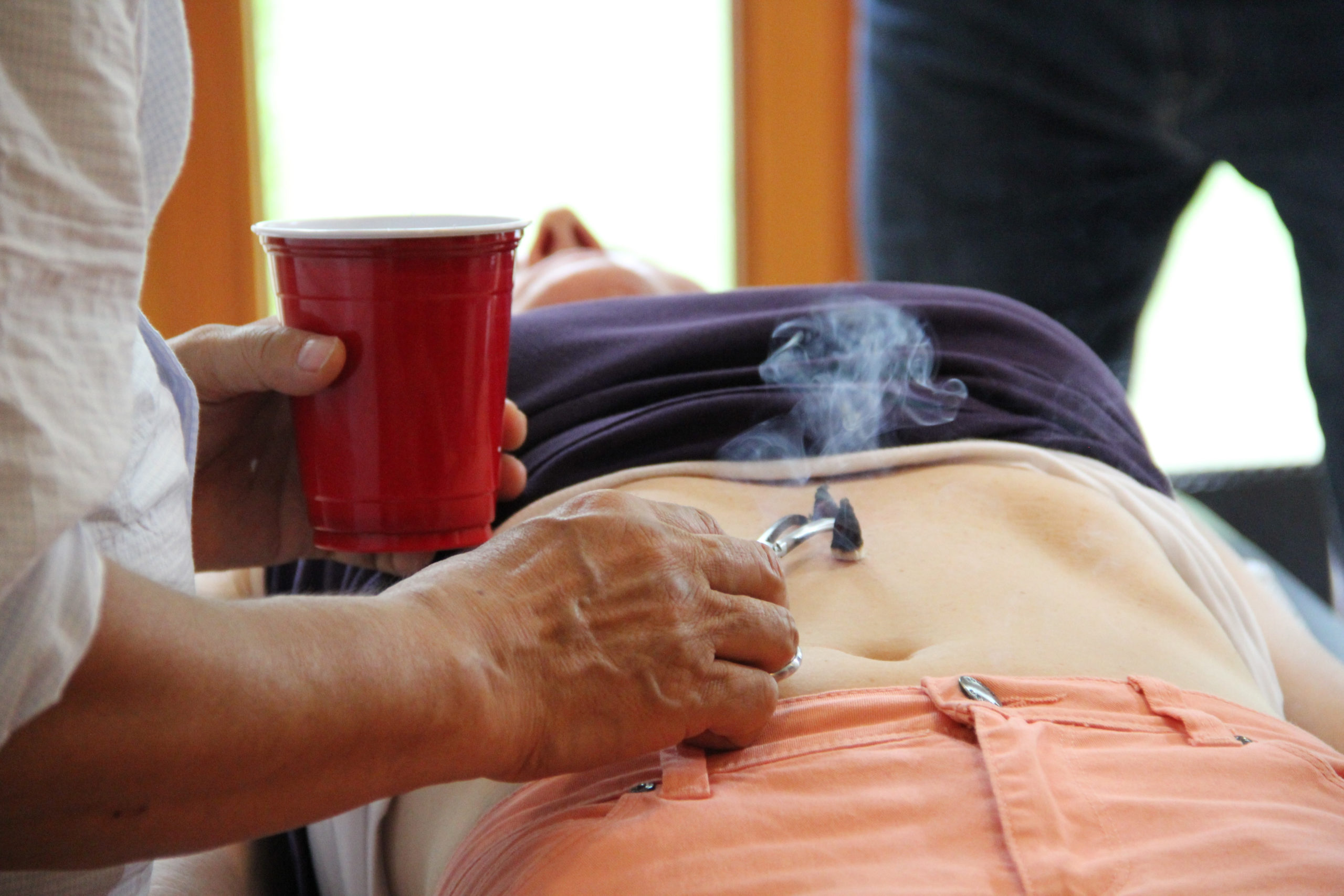
Tibetan moxibustion is called Metsa (Me means fire and tsa means to produce) because the heat produced by the fire at one particular point helps the energy to circulate and reduces the pain. It is not at all based on the concept of meridians. Tibetan moxa practice was developed and is based on the psycho-physical formation of natural energy passages (gSang, points, channels). The body is like a bamboo basket full of natural energy passages or connections between the external body and the internal organs. When the body is in the right position (its natural position) the energy passages (channels) allow the internal organs to be directly reached by moxibustion and heat therapies. The energy passages are connected to the life force of the organs and their vital functions.

There are four different moxa methods:
- Cooking moxa: Used one after the other for continuous heat,
for problems such as for example benign cold tumour or Lipoma - Burning moxa: Direct, cone moxa for general disorders.
- Heating moxa: Direct and indirect moxibustion on the skin points
- Warning moxa: Light moxa for children
Indications
General moxa therapy can help cure the following disorders:
Indigestion, low metabolism, low temperature, melancholy, pain caused by stress and tension, insomnia, anxiety, fear, panic attacks, stomach distension, vertigo, hiatus hernia, benign tumours, cold bile disease, joint pains, arthritis, bone deformation, joint inflammation, superficial fever (empty fever), post-menopause syndrome and nerve inflammation (sciatic nerve, neurological disorders, etc.). In short, moxa treatment is good for diseases which manifest from phlegm and wind humoral disorders.
If you want to know more about the tibetan moxibustion history and practice:
You can download “Tibetan moxibustion“, pdf document (4 pages, 170Ko)
